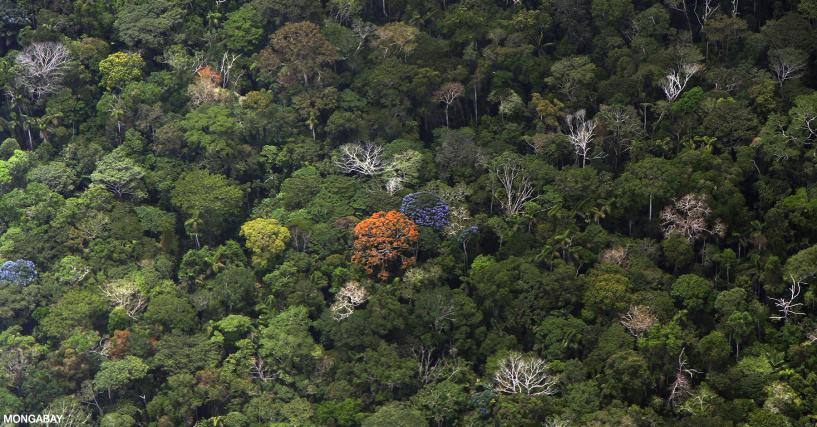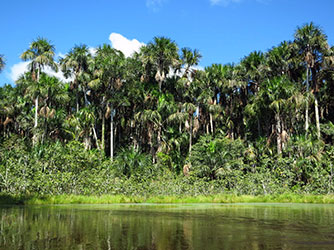| # | Name | Photos | Introduction |
|---|---|---|---|
| 1 | Mineracao Rio do Norte S.A. |
| # | Time | Title | Contents |
|---|---|---|---|
| 1 | 1979 | Forest Restoration Plan | MRN implemented a series of forest restoration plans aimed at restoring damaged vegetation at a recovery rate of 100ha per year |
| Recovery Method | Method Description | Acreage | Time |
|---|---|---|---|
| Method of mixed planting of native tree species (MNS) | Mixed planting of 70 native tree species at different succession stages | 100 ha | 1985 |
| Method of mixed planting of native tree species (failed) | It is the same as the method of mixed planting of native tree species , but the survival rate of trees (lower than 25%) is low due to inappropriate site preliminary treatment, especially the insufficient improvement of the surface soil. | Less than 0.1 ha | 1985 |
| Method of mixed planting of economic tree species | Planting some economic tree species such as eucalyptus. | 2.0ha | 1987 |
| Direct seeding method | 48 kinds of trees are planted in a mixed manner, which mainly includes native fast-growing tree species,which are cut to a height of 40 cm to promote their germination | 17ha | 1986 |
| Natural restoration method | It mainly relies on the seeds in the top soil for restoration. | A total of 4 sample plots, covering 0.3ha to 1.0 ha | 1984-1987 |
| # | Contents | Photos |
|---|---|---|
| 1 | The method of mixed planting of native tree species has become the standard method of forest ecological restoration at mining sites, which includes site preliminary treatment and mixed planting of 80-100 native tree species, costing approximately $ 2,500 / ha. |



| # | Contents | Photos |
|---|---|---|
| 1 | Ecology of the Amazon rainforest | https://rainforests.mongabay.com/amazon/rainforest_ecology.html |
| 2 | Amazon Conservation: How to Save the Amazon Rainforest | https://rainforests.mongabay.com/amazon/amazon_conservation.html |
| 3 | Conservation through Education in the Amazon Rainforest | https://detroitzooblog.org/2019/07/23/2077/ |
[1] John A Parrotta, Oliver H Knowles. Restoring tropical forests on lands mined for bauxite: Examples from the Brazilian Amazon[J]. 2001,17(2-3):219-239.
[2] John A. Parrotta, Oliver H. Knowles. Restoration of Tropical Moist Forests on Bauxite-Mined Lands in the Brazilian Amazon[J]. Restoration Ecology, 1999,7(2):103-116.
[3] John A Parrotta, Oliver Henry Knowles, Joseph M Wunderle Jr. Development of floristic diversity in 10-year-old restoration forests on a bauxite mined site in Amazonia[J]. For.ecol.manage, 1997,99(1-2):0-42.
[4] Oliveira L , Loretto D , Viana L , et al. Primate community of the tropical rain forests of Saracá-Taqüera National Forest, Pará, Brazil[J]. Brazilian Journal of Biology, 2009, 69(4):1091-1099.
[5] Lisi Dámaris Pereira Alvarenga, Kátia Cavalcanti P?rto, Juliana Rosa do Pará Marques de Oliveira. Habitat loss effects on spatial distribution of non-vascular epiphytes in a Brazilian Atlantic forest[J]. Biodiversity & Conservation, 2010, 19(3):619-635.827.